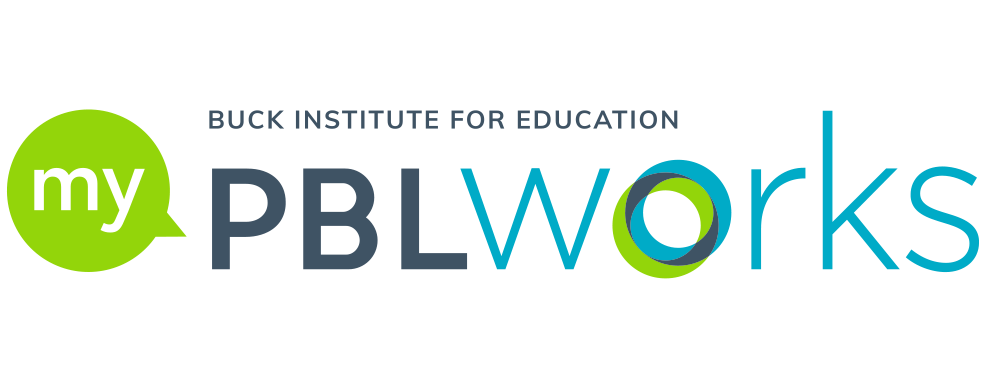PBL in Homeschooling: My First Project
As a high school teacher, I had always been skeptical of projects. When students asked if they could have an alternate assessment, I would often joke that no, we would not be baking a cake in the shape of the author’s head instead of writing an essay on the book that we just read. I always described projects as the times when you do this much work (with my arms spread wide) but only learn this much (with an inch of space between two fingers). I did the best I could to give students choice and creative assignments. I also definitely did inquiry-based learning without knowing that there was a special name for basing a unit around guiding or essential questions. Still, I think I always had a nagging feeling that I could be more innovative.
Now, I am homeschooling my own kids in the mornings, and teaching them with a group of three other kids in the afternoon one day a week. Since I have complete and absolute autonomy with this class, which was hardly the case when I was teaching five public high-school classes of around twenty students each, I decided that we would give the project idea a try.
I bought the Buck Institute’s Setting the Standard for Project Based Learning and started reading. A lot of what I read was not new to me—choice, rigor, revision, driving questions—those were all elements that I integrated in my teaching on a regular basis. The public audience and the “need to know” were somewhat new to me, and also a little daunting.
A Real-World Issue Becomes the Focus
I decided that my first step would be to come up with a guiding question. Since this was (and is) my first attempt, I also knew that I wanted to control some aspects of the plans. Plus, working with younger kids (which is not my area of expertise) means that I’m still not quite sure what will work.
But I also wanted to question to come from the kids. To get some ideas about what that question might be, I asked the group if there were any issues or problems that they wanted to try to tackle. They all gave me the same two answers: the Dakota Access Pipeline (DAPL) and Trump.
I was hoping that they would choose some little, close-to-home issue as I don’t know what a group of five kids, aged six to ten, can really do to influence something on the national scale.
But then I started thinking and came up with the real questions they were asking: What can we do about powerful people who want to hurt or oppress us? Basically, I decided that we would start a unit on bullying—both on a person-to person scale and on the national scale.
Our Public Product
I had my question, and I started to think about ways that we could explore the issue. But I also wanted to focus on the mode of communication from the beginning. So I came up with a few options for a final project. After discussing those options with the group for a pretty short amount of time, we decided that we would work towards a filmed puppet show to teach other kids what we learn about how to deal with bullies.
Phew. Just getting to this point feels exhausting. But it also feels exciting. As a homeschooler, I don’t have to worry about an administrator walking in the room and questioning why kids are playing with puppets. I don’t have to worry about changing things up when the kids get bored or the plan isn’t working out. On the other hand, sometimes having complete autonomy and choice is overwhelming.
So far, we have spent four classes on this project. We meet once a week for two hours. We’re having fun, and I love the sense of purpose that I get from knowing the end goal, but it sometimes feels like it will be a long time until we get there. I’ve learned a lot about elementary education and PBL, but I also feel like I am just barely scratching the surface.
To view or download this resource, log in here.
Login